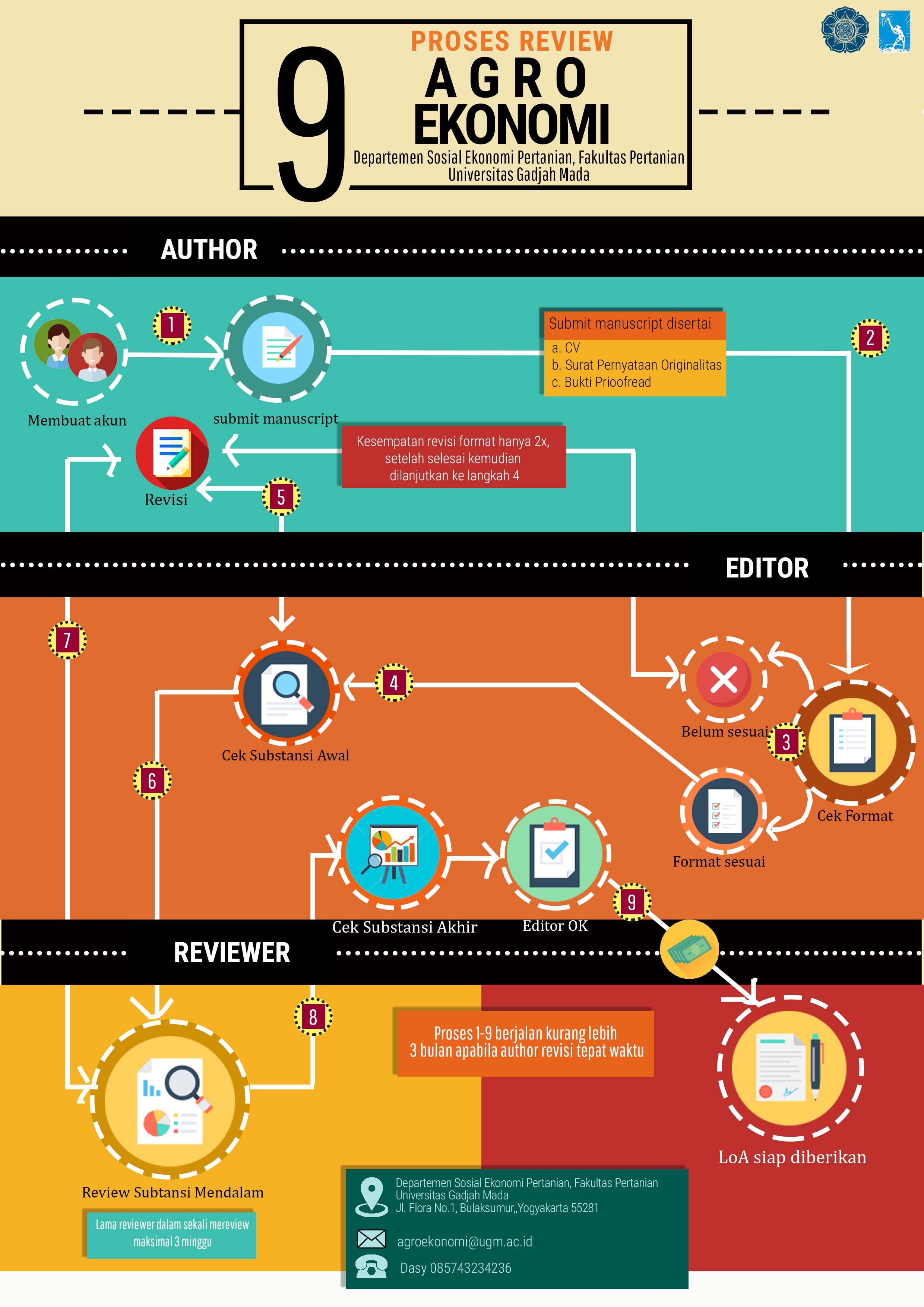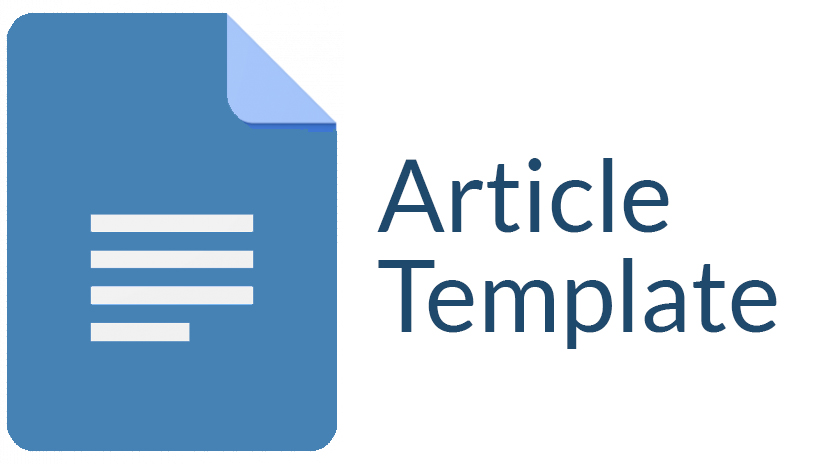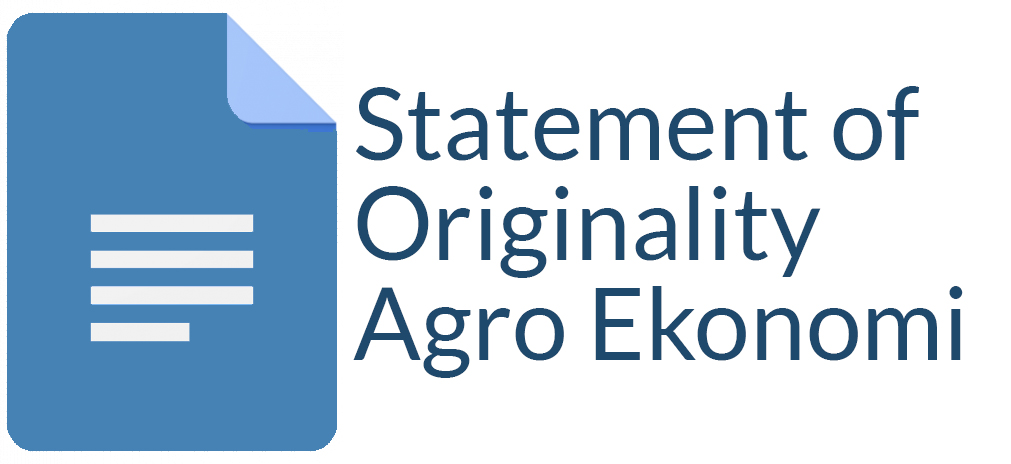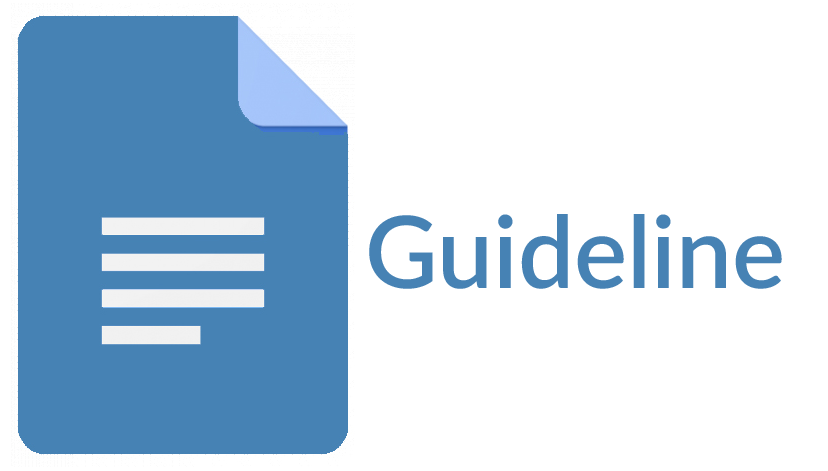The Development Strategy of Soybean Agribusiness in PT Lentera Panen Mandiri
Dewi Nurpitasari(1*), Lestari Rahayu Waluyati(2), Jangkung Handoyo Mulyo(3)
(1) Master of Agribusiness Management Universitas Gadjah Mada
(2) Departement of Agricultural Socio-Economic Universitas Gadjah Mada
(3) Departement of Agricultural Socio-Economic Universitas Gadjah Mada
(*) Corresponding Author
Abstract
Keywords
Full Text:
PDFReferences
Abdulfatah, M Faris., Najib, M., & Sanim, B. (2017). Tomato Fulfillment Supply Strategy (Based on Company’s Internal – External Analysis). International Journal of Science and Research 6(6): 639–643.
Abebe, G. K., Bijman, J., Kemp, R., Omta, O., & Tsegaye, A. (2013). Contract farming configuration: Smallholders’ preferences for contract design attributes. Food Policy (40): 14–24.
Atman. (2009). Strategi Peningkatan Produksi Kedelai di Indonesia. Jurnal Ilmiah Tambua, III(I): 39–45.
Budiharti, N., Pratikno, Sudjito, & Budi. (2016). National Soybean Production Enhancement Strategy for Adequate Availability To Achieve Self-Sufficiency. ARPN Journal of Agricultural and Biological Science, 11(10):411–415.
Cooperation of Black Soybean Banyuwangi. (2017).
David, F. R. (2011). Strategic management: Concepts and Cases (13th ed.). New Jersey: Pearson Education, Inc.
Eaton, C., & Shepherd, A. W. (2007). Contract Farming: Partnerships for Growth. A Guide. FAO Agricultural Services Bulletin (145): 1–161.
Erfit. (2011). Model Kemitraan Contract Farming Pada Agribinsis Hortikultura. Jurnal Embrio (4): 6–17.
Ginting, E., Antarlina, S. S., & Widowati, S. (2009). Varietas Unggul Kedelai untuk Bahan Baku Industri Pangan. Jurnal Litbang Pertanian 28(3) :79–87.
Herawan, W., Kurniawan, H. M., & Yuliarto, R. T. (2015). Model Strategi Percepatan Ketersediaan Kacang Kedelai Melalui Sistim Manajamen Lapangan Terpadu dalam Mendukung Ketahanan Pangan di KalBar. Agrosains (12): 1–8.
Howara, D. (2013). Strategi Pengembangan Pengolahan Hasil Perikanan Di Kabupaten Donggala. Agroland 20(9) :75-81.
Ilvira, R. F., Suryantini, A., & Dwidjono Hadi Darwanto. (2014). Analisa Usaha dan Strategi Pengembangan Agribisnis Buah Naga C.V Kusumo Wanadri Kulon Progo. Agro Ekonomi(25): 185–194.
Maertens, M., & Vande Velde, K. (2017). Contract-farming in Staple Food Chains: The Case of Rice in Benin. World Development (95): 73–87.
Marliah, A., Hidayat, T., & Husna, N. (2012). Pengaruh Varietas Dan Jarak Tanam Terhadap Pertumbuhan Kedelai [ Glycine Max ( L .) Merrill ]. Jurnal Agrista, 16(1): 22–28.
Ministry of Agriculture Republic Indonesia. (2015). Laporan Kinerja Kementerian Pertanian Tahun 2015.
Ministry of Agriculture Republic Indonesia. (2017). Kerjasama Pembiayan Bank Pola Kemitraan dalam Program Pengembangan Pertanian. ttp://psp.pertanian.go.id/ November 11, 2017]
Mirzakhani, M., Parsaamal, E., & Golzar, A. (2014). Strategy Formulation with SWOT Matrix: A Case Study of an Iranian Company. Global Business & Management Research, 6(2) : 150–168.
Ommani, A. R. (2011). Strengths, weaknesses, opportunities and threats (SWOT) analysis for farming system businesses management: Case of wheat farmers of Shadervan District , Shoushtar Township, Iran. African Journal of Business Management, 5(22):9448–9454.
Purnamasari, M., & Munawwarah, T. (2016). Pengaruh Pemupukan Terhadap Peningkatan Produksi Kedelai Di Kabupaten Kutai Kartanegara. Prosiding Seminar Nasional Hasil-Hasil PPM IPB; Bogor, 1 Desember 2016.
Rangkuti, F. (2014). Analisis SWOT Teknik Membedah Kasus Bisnis. PT. Gramedia Pustaka Utama. Jakarta: PT. Gramedia Pustaka Utama.
Rante, Y. (2013). Strategi Pengembangan Tanaman Kedelai Untuk Pemberdayaan Ekonomi Rakyat Di Kabupaten Keerom Provinsi Papua. Jurnal Manajemen Dan Kewirausahaan, 15(1): 75-88.
Saptana, Daryanto, A., Daryanto, H. K., & Kuntjoro. (2009). Peningkatan Kemitraan Usaha Dalam Rangka Peningkatan Daya Saing Agribisnis Cabai Merah di Jawa Tengah. Agro Ekonomi(28): 153–188.
Setyowati, N., Rahayu, W., & Ishartani, D. (2016). Development of Tuna Processed Business in Pacitan District, Indonesia. Aquatic Procedia (7): 160–165.
Shojaei, M. R., Taheri, N. S., & Mighani, M. A. (2010). Strategic planning for a food Industry Equipment manufacturing factory , Using SWOT Analysis , QSPM , and MAUT models. Asian Journal of Management Research : 759–771.
Tedjalaksana, R. M., & Aldianto, L. (2013). Strategic Management Planning of Soybean Store Hadijanto Trisno With the Purpose of Developing Business and Facing Competition. The Indonesian Journal of Business Administration, 2(13) : 1532–1547.
Article Metrics
Refbacks
- There are currently no refbacks.
Copyright (c) 2018 Agro Ekonomi

This work is licensed under a Creative Commons Attribution-ShareAlike 4.0 International License.
View My Stats











